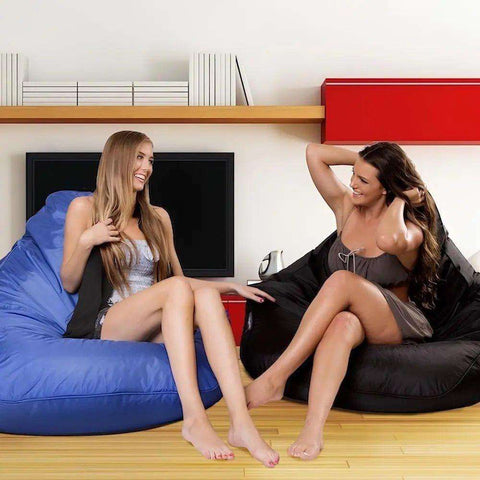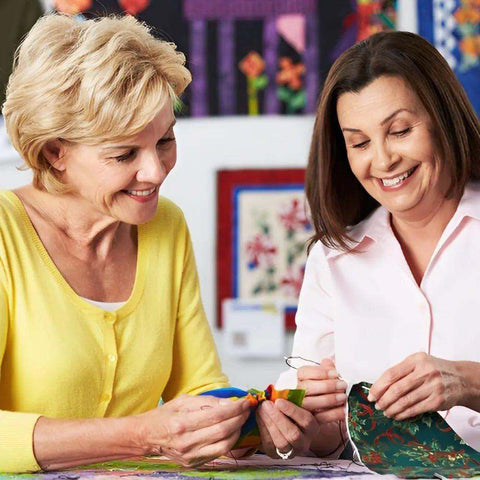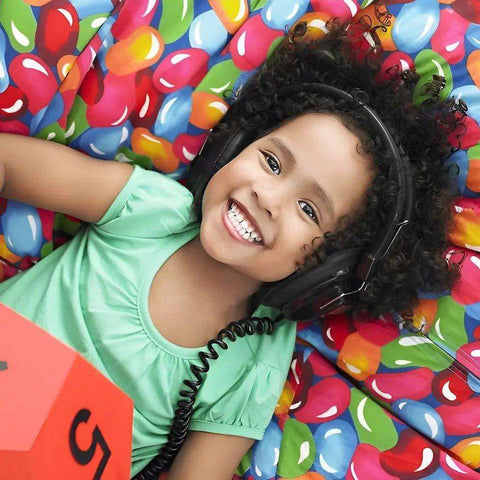How good were the seventies? The 1970s marked a period of innovation and influence in furniture design, shaping trends that still resonate today. We’ve created a list of some iconic 1970s furniture styles that were a complete hit back in the day. Furniture from the 1970s was influenced by both Italian design and American popular culture, blending sophistication with the era’s unique charm. IKEA’s design during this time also reflected these influences, offering modern and stylish options for homes. Certain product lines from the 1970s showcased cohesive styles and trends that defined the decade. In Australia, particularly in cities like Sydney, Melbourne, and Brisbane, 1970s furniture styles remain popular, with a wide selection of retro and mid-century pieces available, many of which are handcrafted locally. Modern reproductions are often inspired by the original designs of 1970s furniture, preserving the look while updating materials and construction methods. The enduring spirit of 1970s furniture design continues to influence interiors, connecting today’s spaces with the cultural vibe of that era.
Retro patterns, chunky shapes, earthy tones, carpeted flooring, and floral patterns—these define the funky, nostalgic vibes of 1970s furniture styles. Like the gang from That ‘70s Show, true style is comfy, cozy, eclectic, and fun! Many 1970s furniture designs prioritised comfort over status, making them ideal for creating a relaxed and inviting atmosphere. The designs of this era were less about status and more about comfort, functionality, and longevity. IKEA offered a wide range of products in the 1970s, providing a diverse selection to suit various tastes and needs. Whether you’re feeling sentimental, redecorating, or want a trip down memory lane, this guide to iconic 1970s furniture styles is for you.
1. A Retro, Patterned Couch
Grandma’s crazy, patterned fabric couch was a perfect addition to any living room with wood-panelled walls, orange shag carpet, and a cuckoo clock—an iconic 1970s sofa that defined the era’s style. These couches featured earthy hues and durable fabric, often bought on layaway to last a lifetime. Many sofas from this era were handmade, showcasing exceptional craftsmanship and attention to detail. The 1970s ethos emphasised buying heirloom furniture designed to last a lifetime, ensuring both practicality and sentimental value. These sofas were built to last for generations, maintaining their comfort and appeal. The design of 1970s sofas remains timeless, blending comfort and style seamlessly in modern interiors.
2. Earthy Tones and Hues
Photos from the 70s reveal a recurring colour palette reminiscent of the outdoors and the desert. Common colour schemes included:
-
Rusty or burnt orange
-
Avocado green
-
Orange-tinted yellows
-
Harvest gold
-
Warm reds
-
Natural stone
-
Dark blues
-
Barn red
-
Autumn brown
The use of practical materials, such as plastic and lacquered particleboard, was characteristic of 1970s furniture design, complementing the vibrant and earthy tones. During this time, IKEA's product offerings featured modern products made from these materials, showcasing its commitment to innovation and affordability.
They loved colour and weren't afraid to decorate their entire homes with it! Deep blues offset the beiges and browns, while other colours matched carpeted flooring and wood-panelled walls.
3. The Infamous Bean Bag Chair
Ahh, the beanbag chair. This shapeless, comfy bag of filler was in every home from 1968 on. Commissioned by Sacco, these teardrop-shaped bags were quickly embraced by young adults. Originally crafted of fine leather, options like the velvet chair offer the same quality and longevity with added softness and style.
Why did people love beanbags so much? They're affordable, comfortable, stylish, and mobile, allowing for redecorating at a moment's notice.
4. Ottomans for Everybody
You can't have a beanbag chair and a couch without an ottoman. Most living rooms featured at least one, often in front of any sitting space. Relax and prop your feet up on one of these square, practical beauties.
5. Carpet, Carpet, Everywhere
Carpet appeared everywhere in the 1970s, often as brightly colored and eccentric as the furniture. Oranges, yellows, and browns were commonplace, with the bonus that dirt and stains weren't as obvious.
6. Wood Panelling (On the Walls!)
Keep it neutral and natural with wood panelling on the walls of your living room. It provided a sturdy look and feel that brought all the colours of the room together, muting the funkiness and making everything appear as natural as can be.
7. Sit down in a Futuristic Tulip Chair
Surrounding many a kitchen table in the 1970s was the tulip chair. This plastic and aluminium creation, born in 1956, found its way to many homes in the 70s. The seamlessness of the materials makes it look like one, with a moulded plastic seat connected to a sturdy aluminium base. The most famous retro table available is the Tulip Table range, featuring a single pedestal base that pairs perfectly with these chairs.
8. Far-Out, Bold Prints
Keep it bold with eclectic and funky prints for your couch, pillows, and carpet. Couches featured nature scenes, old clocks, tons of floral, animals, outdoor themes, geometric shapes, paisley, flannel, and more. If something wasn't in bold print, it was in a bold fabric. Bonus points for combining the two!
9. Groovy Shag Rugs!
Retro shag rugs were ideal for areas where carpet was not available. These little chunks of elongated fabric decorated many floors, featuring the usual patterns or colours. Some were shaped in a circle with a large, golden sun at the top.
10. Wicker Chair, Wicker There, Wicker Everywhere
Wicker was re-popularised in the 1960s and 70s. People loved the look and feel of vintage wicker, which took the shape of chairs, couches, and even baby carriages! This rattan-based material was sturdy but light, and it fit the colour palette. It was used either inside the living room or outside the home as patio furniture. The 1970s also saw the emergence of modular furniture designed to adapt to changing environments and lifestyles, further enhancing the versatility of home decor.
1970s Vintage Furniture Styles: A Blast from the Past
History has a way of repeating itself. Modern brands will begin harnessing the energy of the past and bringing it into the present. The same applies to 1970s furniture styles. Designs from the 1970s continue to influence contemporary interiors today, blending retro charm with modern sensibilities. The ongoing popularity of vintage furniture from the 1970s is evident, as these pieces are often featured in curated collections for their timeless appeal. The ongoing popularity of 1970s design is attributed to its simplicity and functionality. Many stores offer a wide range of retro and vintage furniture, making it easy to redecorate with authentic pieces. Be the trendsetter by redecorating or adding a big bean bag chair to your living room decor. Keep everyone comfy and cool by adding some funky, far-out vibes to your home. Contact us today to see how we can help you transform your space into one that wows.





